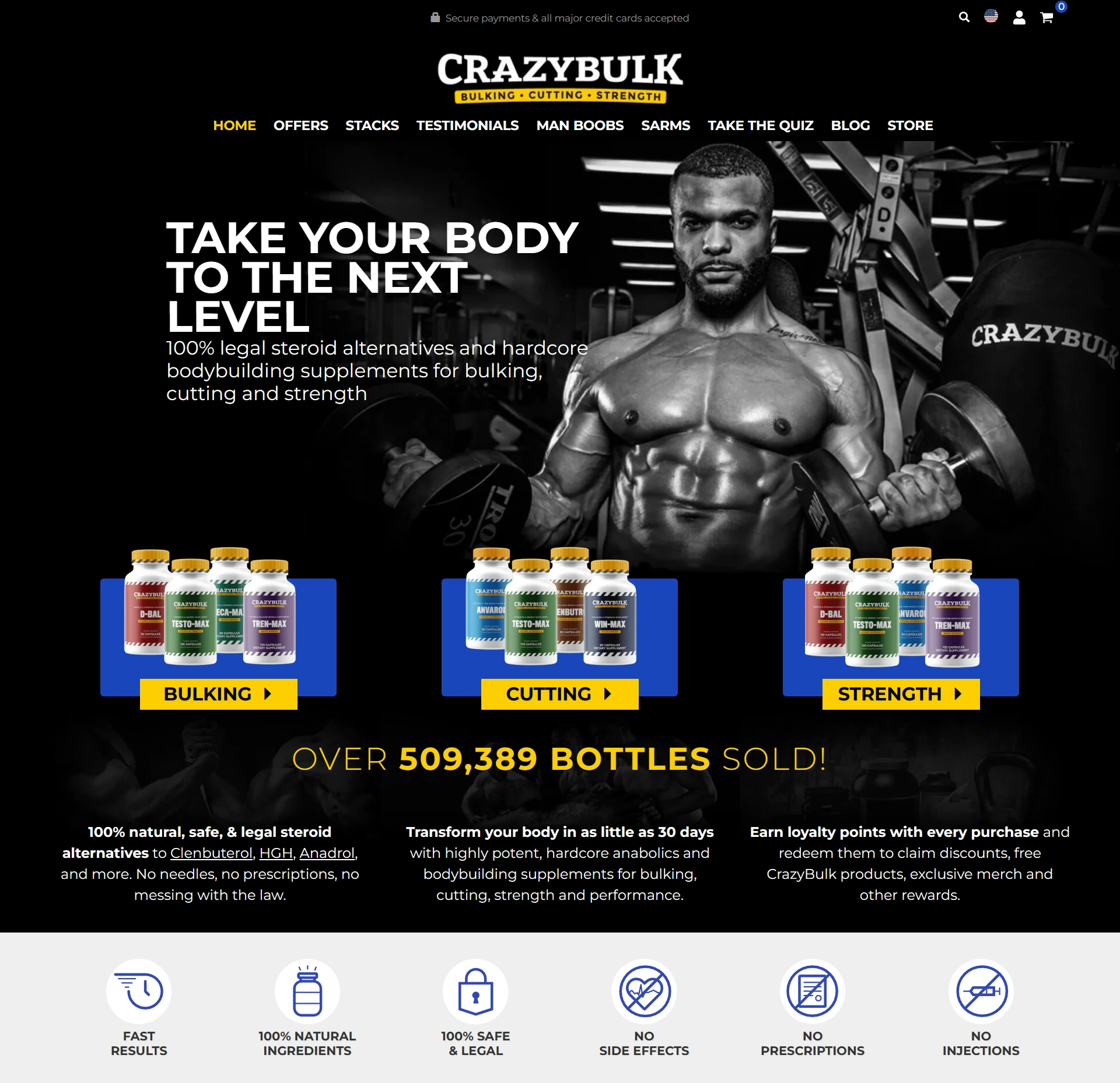
normal range testosterone
Add a review FollowOverview
-
Founded Date September 16, 1930
-
Sectors Business
-
Posted Jobs 0
-
Viewed 1012
Company Description
Testosterone Levels by Age Chart

Normal and Average Testosterone Level Chart by Age and Sex DW
One concern with oral testosterone therapy in men is increased risk of blood clots, which does not appear to be as much of a risk with skin application and is a theoretical risk in women. This is further complicated because laboratory tests are not sensitive enough to measure low testosterone levels in women. The lab results cannot reliably help clinicians differentiate low levels from very low levels in women.
Further studies are needed to evaluate its long-term effect on baby girls born to PCOS mothers, especially if they grow up to have PCOS or insulin resistance. Testosterone imbalance can have an impact on your appearance, daily functioning, sex life, and even fertility. So if you think you have a testosterone imbalance, it’s important to seek treatment to regain your health and well-being. Testosterone deficiency is also problematic for women who are pregnant with boys. A male fetus needs healthy levels of testosterone as they develop in the womb. Balance My Hormones helps men and women restore their hormones to optimal levels through bespoke TRT and HRT treatment plans.
In recent years, gender registration legislation in the Netherlands has been relaxed, making surgical gender removal no longer a requirement to legally change gender. As a result, more and more transmasculine and gender-diverse people are choosing to start hormone therapy first, without undergoing sex removal surgery (immediately). Transmasculine and gender-diverse individuals who use testosterone are not at increased risk of gynecological cancer in the first years of hormone therapy.
As a result, no specific testosterone level leads to a diagnosis of sexual problems in women. A healthcare provider will likely recommend lifestyle changes to balance your high testosterone levels. A study of women considered overweight or obese found that losing weight through diet and exercise lowered their testosterone levels by 15.6%. A common cause of high testosterone levels in women is polycystic ovary syndrome (PCOS), a hormonal disorder that causes the ovaries to produce too many androgens like testosterone. Other possible causes of high testosterone include adrenal or pituitary gland disorders and ovarian cancer.
Increased muscle mass, mood changes, and fertility problems are common. Low testosterone may cause you to feel depressed or anxious, tired, weak, and have less interest in sex. You may find your period becoming irregular, your hair thinning, your skin and vagina drying, and good sleep harder to get. Estrogen is a class of related hormones that includes estriol, estradiol, and estrone. When testosterone is bound to SHBG, it is not able to join with its receptor cells in the body’s tissues.
It’s important to note that while low testosterone levels can have adverse effects on women’s health, high testosterone levels in women can also be problematic. High testosterone levels can lead to symptoms such as excess facial hair growth, acne, and irregular menstrual cycles. Men have high testosterone levels while women have high progesterone and estrogen levels. Even though androgen is primarily a male hormone, women also have it albeit in small amounts. The adrenal glands and ovaries secrete testosterone in women, while the testes produce it in men. The pituitary gland controls testosterone production by releasing LH or luteinizing hormone. Your healthcare provider may recommend testosterone therapy if you experience bothersome symptoms, such as a loss of sexual desire.
They can perform a blood test to determine your hormone levels and can help develop a treatment plan if necessary. Treatment options may include hormone replacement therapy or lifestyle changes to help improve testosterone levels. In conclusion, several factors can affect testosterone levels in women, including age, hormonal imbalances, medications, lifestyle factors, and stress. Understanding these factors and their impact on testosterone levels can help women navigate their health and well-being effectively. It is always advisable to seek professional medical advice if there are concerns about testosterone levels to ensure proper evaluation and personalized recommendations. While many scientific studies and huge amounts of data show the safety of supplemental testosterone in postmenopausal women, only about 50% of women who take it experience a significant increase in sex drive. That’s because while caster semenya testosterone level plays a big role in pumping up sexual desire, it is far from the only thing that drives libido, which means that if yours is lacking, low testosterone may not be your issue.
Imbalances in testosterone can lead to hormonal disruptions, loss of libido, decreased muscle mass, reduced bone density, mood changes, and fatigue. It’s essential to seek medical guidance for proper diagnosis and treatment if you suspect imbalances in testosterone levels. Normal testosterone levels in women can vary depending on factors such as age, menstrual cycle, and overall health.
You should thoroughly discuss this treatment with your doctor to find its pros, cons, effects, etc. and then start it if your doctor says so. Learn more about testosterone levels by age, as well as symptoms and management tips for abnormal testosterone levels. If you feel like your testosterone levels might be too high or too low, talk to your healthcare provider. If you need treatment, your provider can also help you understand the risks and benefits of different therapies. The treatment plan will depend on your hormone levels, the underlying cause, and overall health. After a woman turns 30, testosterone levels begin to decrease, and women lose 60% of their total pool of testosterone by the time they reach menopause.
